Rafale, Su-35 or Super Hornet?: IAF Seek For New Set Of Fighter Jets To Combat Dwindling Strength

- It is a very good fighter that, according to the company that made it, Boeing, meets the most recent needs of the US Air Force. It also has political power because it is an American jet.
- The MiG-35 is armed with rockets, both air-to-air and air-to-surface, missiles, guided and unguided bombs, and anti-ship missiles. The AESA radar is also on it.
A few weeks ago, the Indian Air Force (IAF) retired the famous No. 51 Squadron in Srinagar, which flew MiG-21 Bisons. This is the same squadron that Group Captain (then Wing Commander) Abhinandan Varthaman was a part of when he fought with Pakistan after the Balakot air strike in February 2019. The IAF will slowly get rid of the last three MiG-21 Bison squadrons it has by 2025. After that, in the early 2030s, it will start getting rid of the six squadrons of old Jaguars. Soon after that, the Mirage-2000s and MiG-29s will come.
Even though the IAF is working on a plan to get rid of its older jets, the focus is now back on how strong it is. This is because concerns have been raised about its falling numbers. At a recent IAF press conference, the Chief of the Air Staff, Air Chief Marshal V.R. Chaudhari, said, “It will be impossible to keep watch and do combat air patrol across the country with the given number of 31 squadrons.” He also said that it might take a decade to reach the proposed target of 42 squadrons.
As and when older jets are phased out, the number will go down even more. “Given the planned rate of Tejas fighters coming in, the number of fighters in each squadron will continue to go down,” says Air Vice Marshal Manmohan Bahadur, who is now retired. This reduction in squadrons is worrying because hostile neighbours are still building and showing off their power. China is even making a sixth-generation fighter jet right now.
Even more worrying is that India’s efforts to replace its fleet of planes are not keeping up with the number of its planes, which is going down. This is because the process has been slowed down by several delays. In 2018, the IAF put out a $20 billion request for proposals (RFP) for multirole fighter aircraft (MRFA) to buy 114 foreign fighter jets or nearly six squadrons. Countries from all over the world competed.
Seema Sirohi, a columnist in Washington, DC, says, “The original IAF tender for 126 multirole aircraft was put out in 2007, and now it’s 2022. The problem is that changes in geopolitics and improvements in air war don’t wait for anyone. India has had trouble getting jet engine technology over the years, which is likely to be one of the most important criteria.”
This RFP, which would be one of the biggest military purchases ever, is important for the IAF because it needs to quickly increase the size of its fleet, which is getting smaller. “The IAF has made it clear that 114 MRFA must have at least the bare minimum number of squadrons. “The government needs to find the money quickly to pay for this very important need,” says Bahadur.
Under this plan, the IAF is looking at the Dassault Rafale from France, the Boeing F/A-18 Super Hornet, F-15EX Eagle II, and Lockheed Martin F-21 from the US, the Saab Gripen E/F from Sweden, the Eurofighter Typhoon from a group of European countries, and the Sukhoi Su-35 and Mikoyan-Gurevich (MiG)-35 from Russia. India only has 36 Rafales. It does not have any of the other fighters in the MRFA tender.
The choice would depend on a number of things, such as the number of domestic and foreign twin-engine deck-based fighters and how many would be given to the Indian Navy and the Indian Air Force (IAF). Let’s see what these jets have to offer.
Rafale
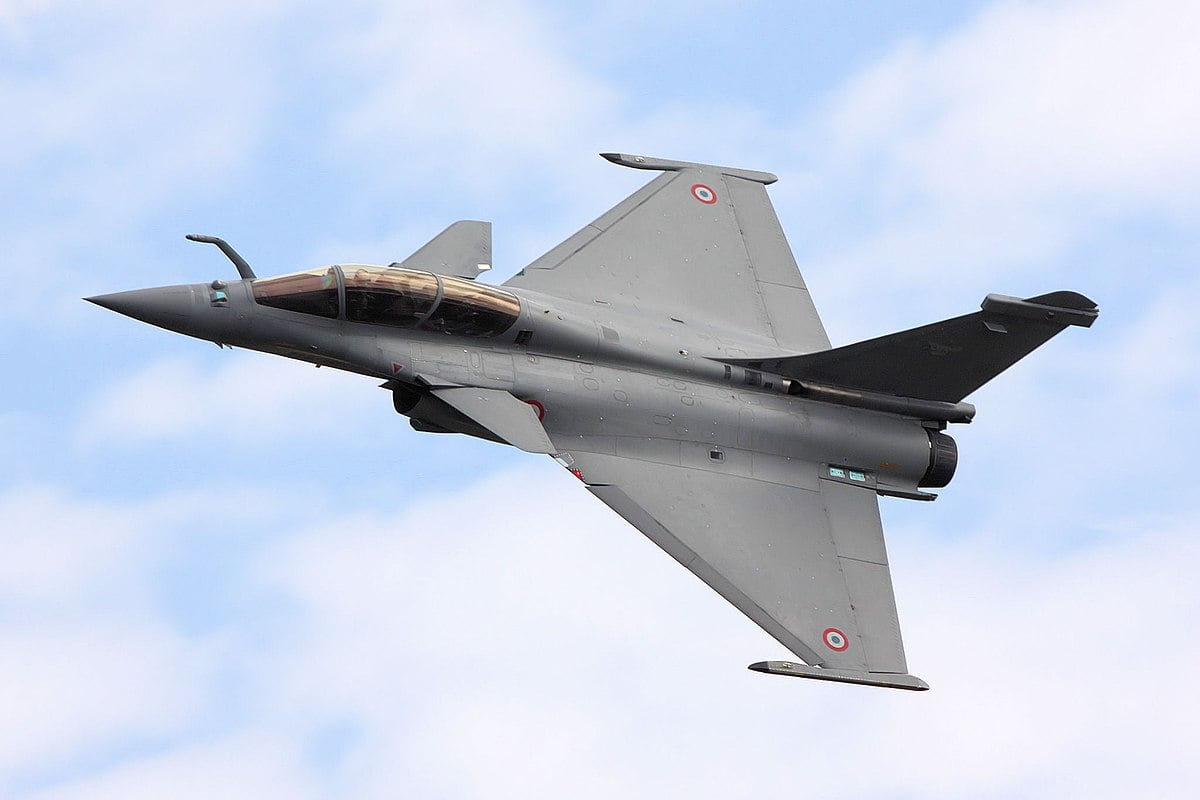
With only two squadrons, the French Rafale is one of the newest fighter jets in the Indian Air Force (IAF). It has become India’s most well-known fighter jet.
Sources told India Today earlier this year that the two Rafale squadrons had helped a lot to keep the situation under control after the Chinese started to act aggressively in the northern sector of Ladakh. These squadrons were operational within a few weeks of their arrival and incorporation into the IAF.
The Rafale is a twin-engine delta-wing jet that is very manoeuvrable and is thought to be the most advanced plane in the Indian fleet. It can handle 11Gs (g-force) in an emergency. It can go as fast as Mach 1.8, which is about 2,222 km/h. It has three drop tanks that give it a range of 3,700 km. Israeli helmet-mounted displays, radar warning receivers, low-band jammers, 10-hour flight data recording, and infrared search and tracking systems are some of the India-specific features. The French fighter has two stealth cruise missiles, air-to-surface all-weather smart weapons, air-to-air missiles, and weapons that can be used from a long distance away.
Dassault has told the IAF that the Rafale is a low-risk, win-win choice. India has already spent a lot of money building infrastructure for the Rafales, and it has added both Indian and foreign weapons to the jet, giving it an advantage over its competitors in the MRFA deal.
But defence and aerospace analyst Girish Linganna isn’t sure about it. Linganna says, “The Rafale-Marine is an option, but because its wings don’t fold, it doesn’t fit into Vikrant’s lift. So, India might get fewer numbers than was originally planned.”
Boeing F/A-18 Super Hornet
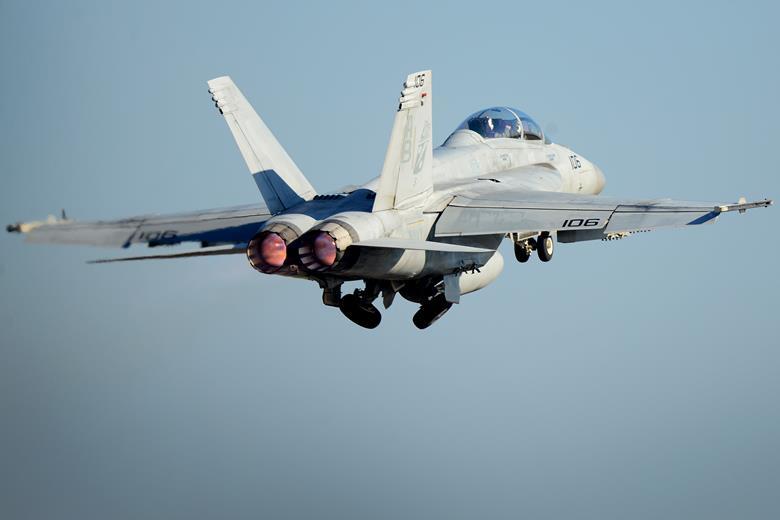
The F/A-18 is a multirole fighter jet that can be used on deck. Boeing, the company that makes it, says that it can be used for air superiority, day/night strikes with precision-guided weapons, fighter escort, close air support, suppression of enemy air defences, maritime strike, reconnaissance, forward air control, and tanker missions.
The Super Hornet can fly at Mach 1.7, which is just over 2,000 km/h. It has a 20 mm Gatling automatic cannon, short- and medium-range missiles, advanced medium-range air-to-air missiles, and laser-guided bombs, among other things.
Because of these things, it is also the most important part of the US Navy’s carrier wing.
Boeing F-15EX Eagle II

This one is surprising because the first version of it flew for the first time 50 years ago, in 1972.
Former colonel Ajai Shukla wrote in Business Standard about the jet’s strengths: “The Eagle II is the world’s fastest fighter (Mach 2.5, or 3,100 km/h), most heavily armed (payload of 13.6 tonnes, or 30,000 pounds), and has the longest strike range” (1,200 nautical miles or 2,222 kilometres). It has shot down 104 enemy planes without losing a single one.”
It is a very good fighter that, according to the company that made it, Boeing, meets the most recent needs of the US Air Force. It also has political power because it is an American jet.
Lockheed Martin F-21
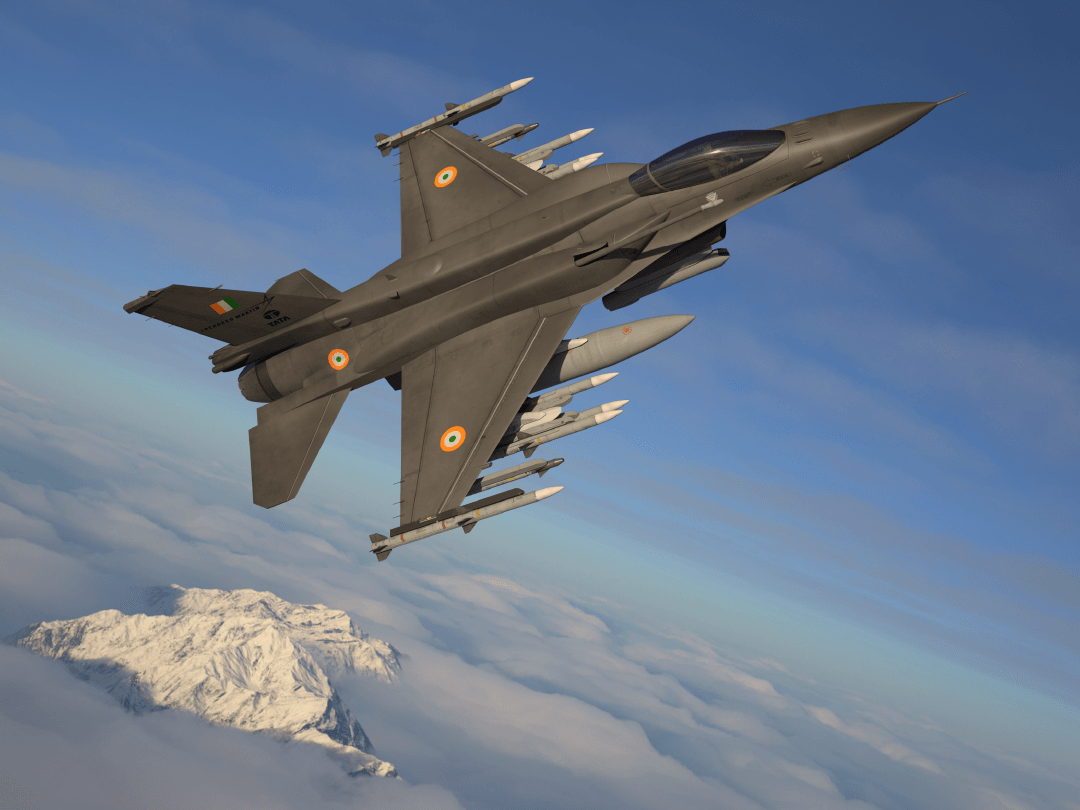
Lockheed Martin’s F-21 (multirole) is basically an updated version of its F-16 Block 70 variant with a new name. It doesn’t add much to its ability to fight wars.
It is a 4.5-generation jet with a total of 12 air-to-air missiles—six on each wing—two towed decoy systems, and a more advanced active electronically scanned array (AESA) fire control radar with parts from the F-22 and F-35 radars.
The price of the Lockheed Martin F-21 is lower than that of its competitors. The American defence company says, “The F-21 is set up especially for the Indian Air Force. It offers unmatched “Make in India” opportunities and helps India get closer to a future with advanced airpower.”
Sirohi says, “It remains to be seen if the US defence contractors can meet the new Make in India requirements to the government’s satisfaction.””
Even though Lockheed Martin tried to make the F-21 more appealing to India, the IAF is not likely to choose it for a few reasons. First of all, it’s a single-engine jet, and India wants a fighter with two engines. India was also upset about the recent $450 million package of Lockheed Martin’s F-16 that the US gave to the Pakistan Air Force. This package included technical and logistics services for the Pakistan Air Force to maintain its fleet in the future.
Saab Gripen E/F
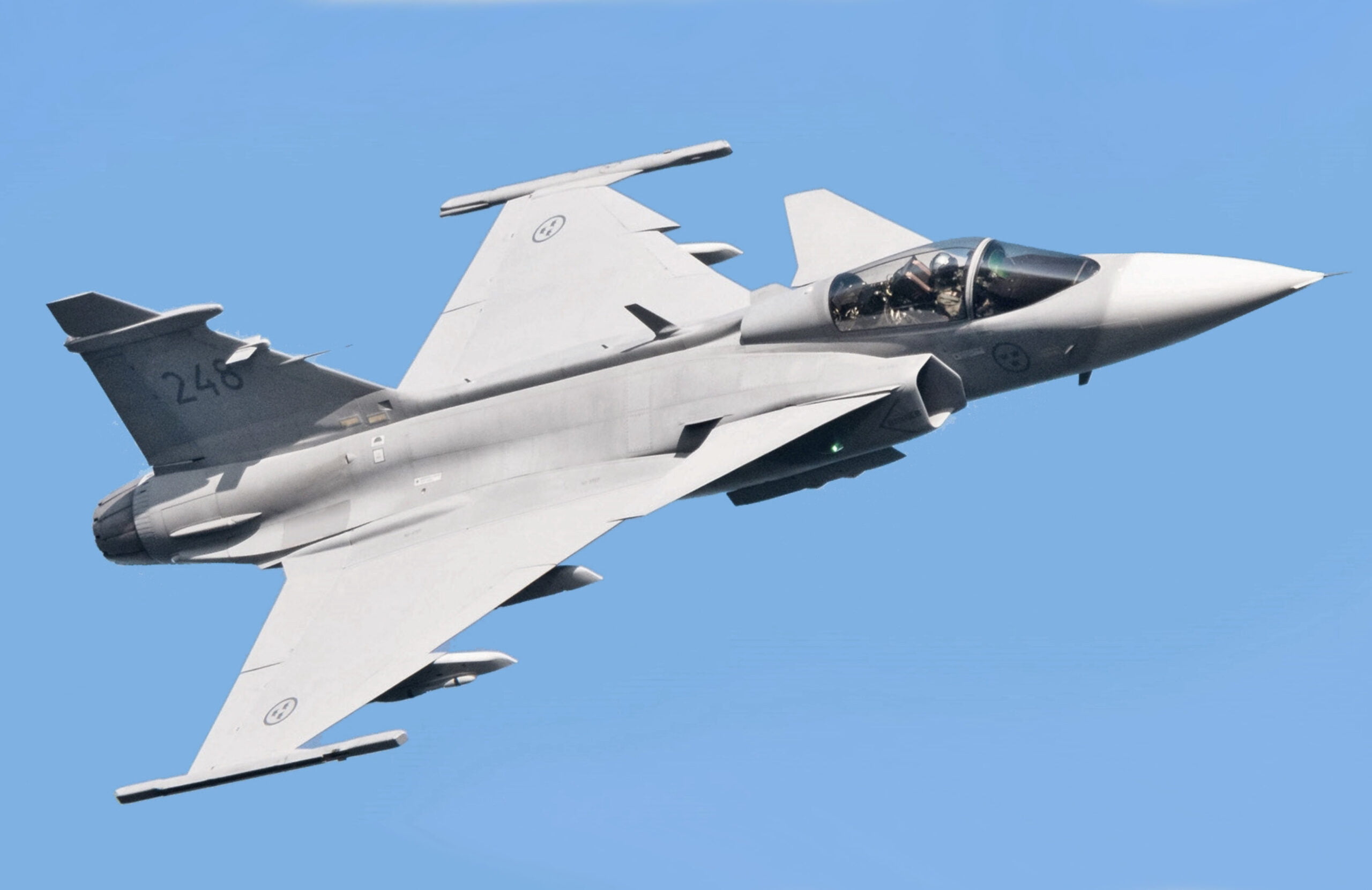
In this RFP, the Gripen E/F (multirole) is the underdog. The E version is a fighter with only one seat, while the F version has two seats.
On the Saab website, it says that both versions have the latest AESA technology, an easy way for humans and machines to work together using artificial intelligence, and avionics and technology that can be upgraded. Its strike package includes different kinds of missiles, such as air-to-air, infrared-guided short range and beyond-visual-range air-to-air, advanced medium range air-to-air, and other short- and long-range and air-to-surface weapons and missiles.
It also has a high-velocity gun that can attack both air and ground targets, a missile approach warning system, and more chaffs and flares than other jets of the same type. Among other things, the Gripen E/F can carry reconnaissance pods, a laser designator pod, and external fuel tanks.
Even though Saab’s fighter costs only $30 million per unit, the IAF is very unlikely to choose it because the Gripen is only used by a few countries besides Sweden.
There are also some other reasons. Linganna says, “Technology is not the only factor in defence deals. Most of the time, they also have something to do with politics. Besides the fighter, what else can Sweden offer India in terms of geopolitics? For the US, France, and other countries, the deal can be tied to their support for our entry into the Nuclear Suppliers Group, the UN Security Council, etc.
Eurofighter Typhoon
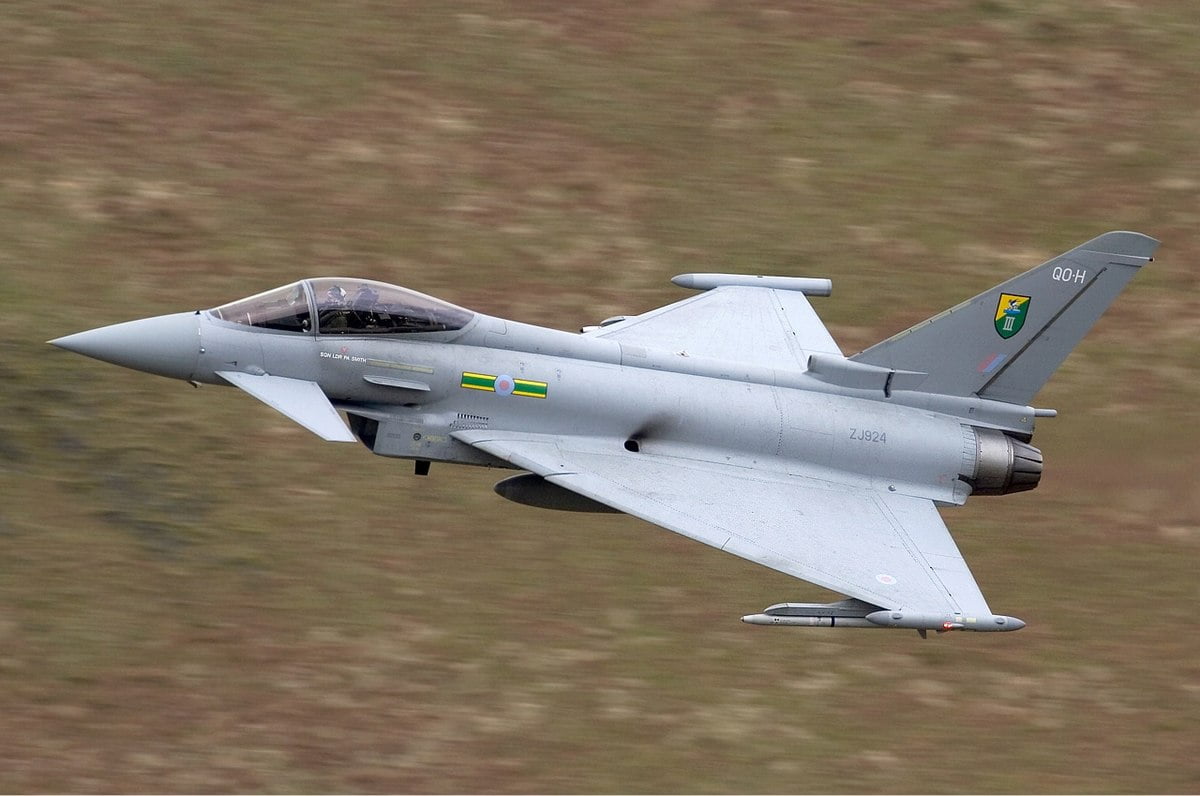
The UK, Germany, Italy, and Spain all worked together to make the Typhoon (multirole), which is a fighter that can do both air-to-air and air-to-surface combat at the same time.
Its top speed is Mach 2, which is 2,450 km/h, and its service ceiling is 55,000 feet. The Typhoon’s infrared sensor lets it find and follow multiple moving targets at the same time. The fighter jet’s multifunctional information distribution system lets the pilot talk to and share real-time information with air, land, and sea forces. It also protects communications and data sharing from being jammed.
The Eurofighter website says that the Typhoon has true swing-role capabilities because it can carry up to six bombs, six missiles, a cannon, and a targeting pod. It also has enough processing power to update missiles in flight and target bombs in flight at the same time.
Airbus reportedly sent a letter to former Defense Minister Arun Jaitley on July 4, 2012, on behalf of the Eurofighter Typhoon Consortium. The letter said that the Typhoon would be available for 20% less than the price that had been quoted before. Other incentives were also listed, such as the size, types of weapons, delivery times, improvements to business, job creation, and the transfer of technology.
Even so, India still bought the French Rafale, which has been a controversial purchase and a source of debate.
Sukhoi Su-35
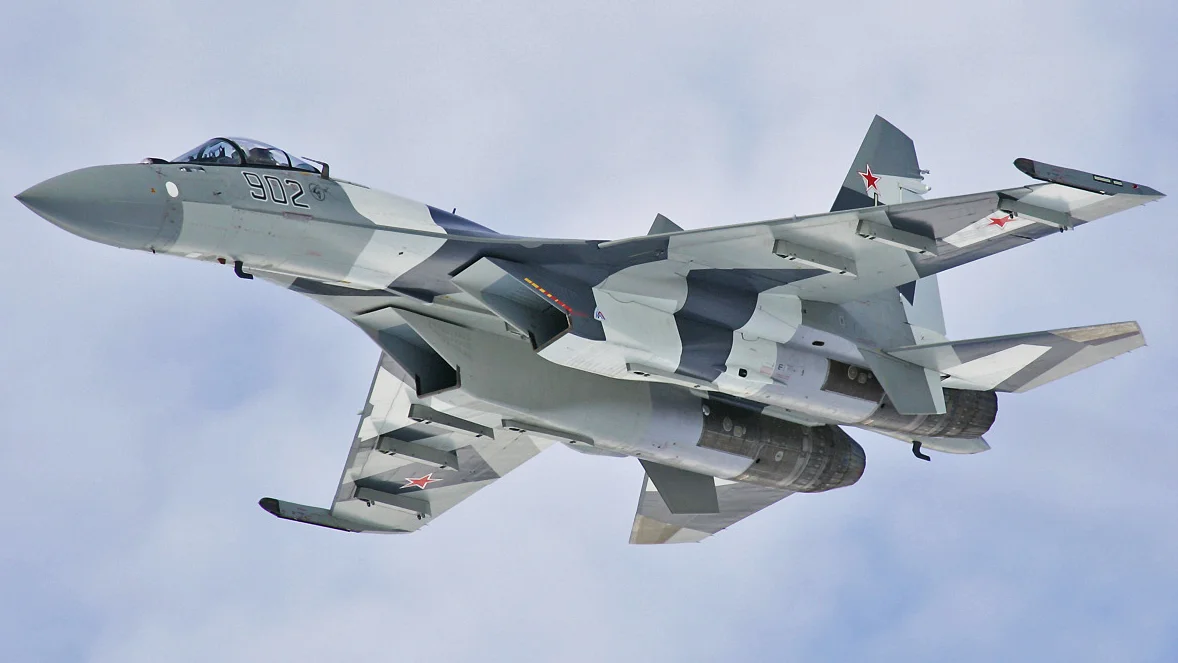
The Su-35 (multirole/air superiority) is an improved version of the Su-30MKI, which is a version of the Su-30 that was heavily changed to meet Indian requirements.
The Su-35 (4++ generation) would have all of the sensors and new features that the IAF wanted for its trusted Su-30MKI (fourth generation). It is said that the Indian Su-35 would be better than the Chinese Su-35.
It is a twin-engine, multirole air superiority fighter with thrust-vectoring nozzles that make it easy to turn. The Su-35 can keep an eye on 30 targets at once and attack eight of them. It also has an electronic warfare and communications suite and uses air-to-air, air-to-ground, and anti-ship missiles, unguided rockets and bombs, and guided bomb units.
Even though it is a good choice for India in terms of compatibility, maintenance, and upgrades, Russia’s war in Ukraine, the sanctions that followed, and a very messed up supply chain and delivery schedule would be reasons to worry.
Andrew Green, a defence analyst in London, says that the Su-35 proposal might not meet delivery goals. Given the current problems with fighting and sanctions, even if the Russians could get the high-tech electronics India wants, it wouldn’t be the lower price (compared to Western options) that would make the Russian aircraft desirable.
“This doesn’t even take into account the political side of buying arms from Russia while it is fighting an aggressive war in Ukraine. For a country that says it is neutral on the issue, it is also important to think about how it will look if it is seen to be selling weapons to fund Putin’s war. Even so, the way it looks to buy from any side in a conflict needs to be thought about,” says Green.
MiG-35
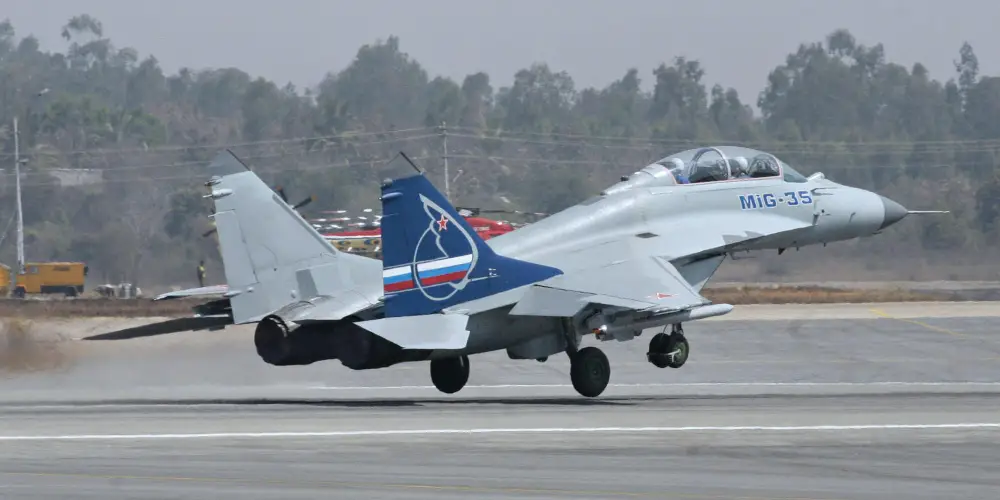
The MiG-35 (multirole) is a fighter with two engines that can fly up to 17,500 m and doesn’t put out engine smoke. Like the Su-35, it has thrust-vectoring nozzles that allow it to turn quickly. The fuel tanks on the outside of the car give it a range of 3,100 km.
The MiG-35 is armed with rockets, both air-to-air and air-to-surface, missiles, guided and unguided bombs, and anti-ship missiles. The AESA radar is also on it.
But the MiG-35 has the same problems as the Sukhoi Su-35, which makes it unlikely that the IAF would buy it.
Even though the MRFA deal has been delayed, the IAF has said that it will be rushed. It’s not clear if India will choose just one of these fighters or a mix of them.
“It’s clear that the US would want one of the American candidates to win the contract, but it’s still not clear if any of them meet the multiple requirements. In the end, India’s choice would be based partly on politics, partly on technology, and partly on how well the country’s own defence system is doing, says Sirohi.

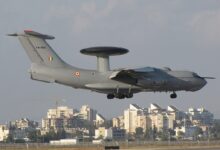
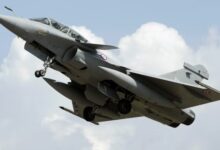
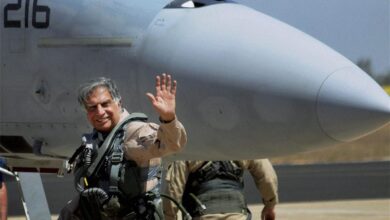
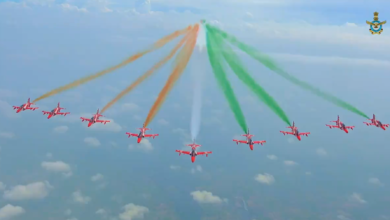
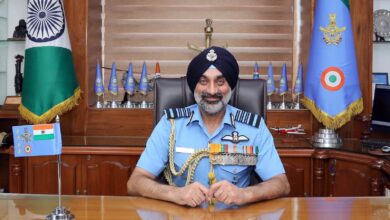

Facebook Comments